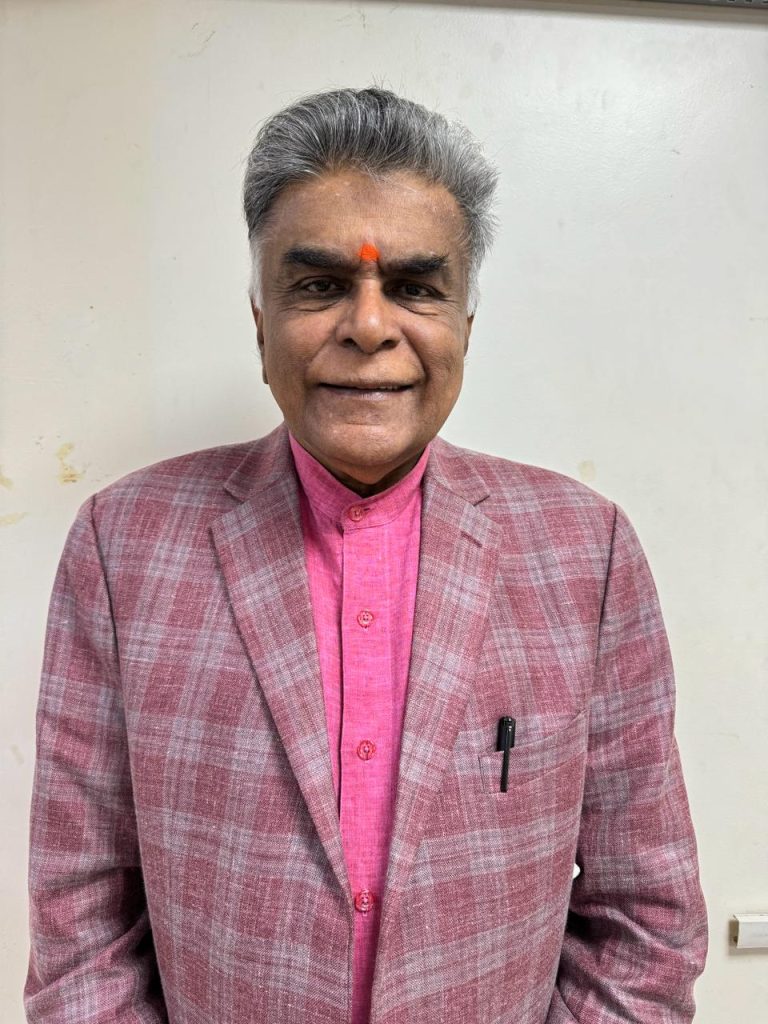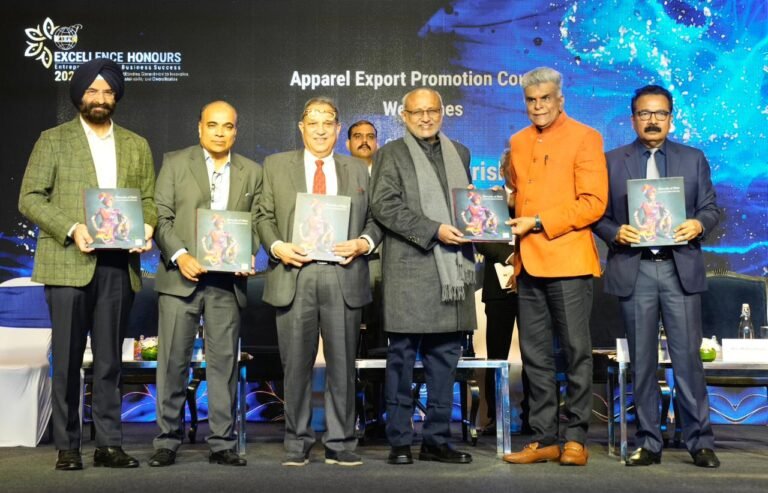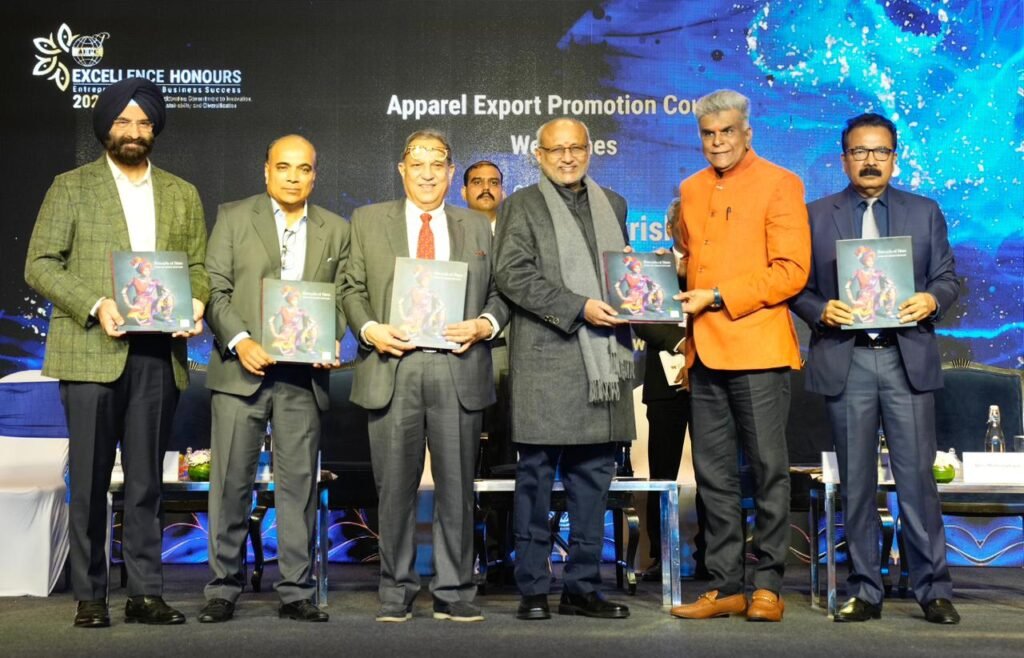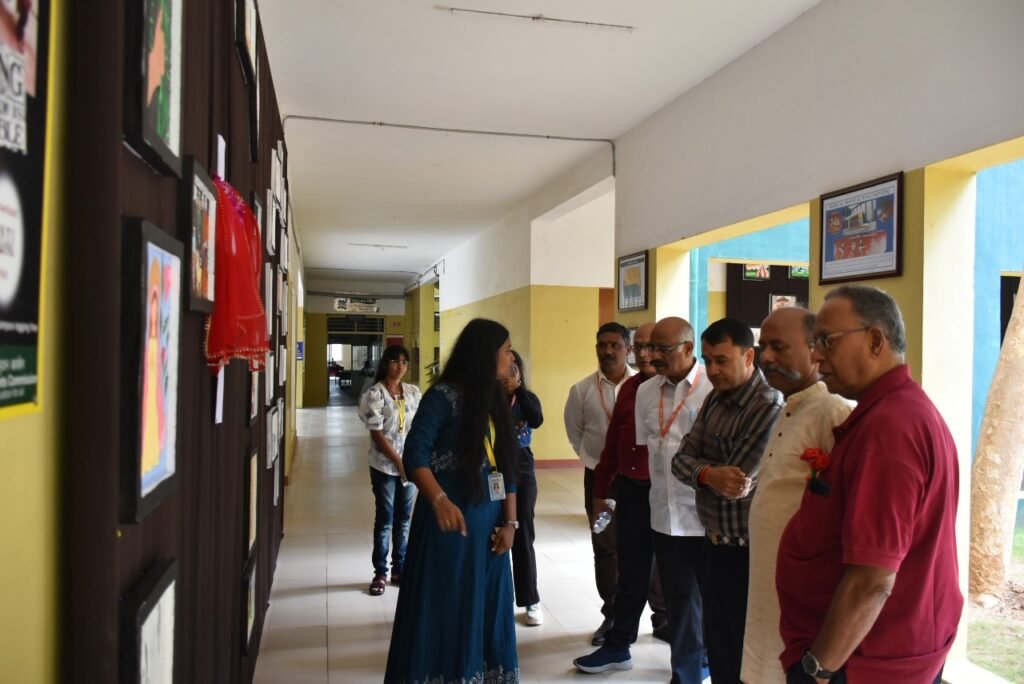
As we step into 2025, the Indian textile industry is on the verge of a real transformation. While traditional crafts and intricate weaves have long defined India’s rich fashion heritage, there’s now a powerful drive to redefine this legacy with sustainability at the core. This year, the emphasis is firmly on ethical, eco-conscious choices in materials, processes, and labor. Here’s a closer look at how the landscape is shifting and what to watch out for as the green revolution in fashion gains ground in India.
A Growing Shift to Organic and Natural Fibers
India’s textile market is leading a movement towards organic and renewable materials that truly honor the earth. Cotton, often seen as the go-to fabric, is now sourced organically, helping reduce water and pesticide use—critical to making fashion more sustainable. With India already one of the top producers of organic cotton, this trend is more than just a fad; it’s a strategic step towards eco-friendly production.
And it’s not just cotton. Fibers like bamboo, hemp, and jute are becoming a bigger part of the sustainable wardrobe, each offering unique qualities and less resource-intensive production. These materials are both durable and biodegradable, and Indian brands are getting creative, highlighting their natural textures and colors. The charm of these eco-friendly fibers lies in their authenticity—something that’s resonating with today’s conscious consumers.
Cleaner, Greener Dyeing and Printing
Dyeing and printing have traditionally been some of the more resource-heavy parts of textile production. Thankfully, 2025 is seeing a push for eco-friendlier methods. Imagine dyes derived from plants like turmeric and indigo—not only do these natural dyes reduce the use of harmful chemicals, but they also give garments a natural, earthy vibrance that synthetic colors often can’t match.
On the tech side, digital printing is gaining popularity as a method that uses far less water than traditional printing techniques. With digital, there’s little waste, as dyes are applied precisely and efficiently. Indian textile brands are embracing these cleaner technologies, creating vibrant designs that speak to the environmentally-conscious shopper.
Recycling, Upcycling, and the Drive for Zero-Waste

Sustainability has taken on new life with an industry-wide commitment to circular production. Textile recycling is becoming a buzzword, with companies repurposing waste fibers to create new garments. Upcycled collections, where leftover fabrics become fresh designs, are also making waves, showcasing a creative way to reduce waste while offering unique products. As more brands get on board, we’re likely to see a range of one-of-a-kind pieces that make sustainability stylish.
This zero-waste movement is more than just environmentally friendly; it’s a celebration of creativity. In 2025, designers are transforming scraps and off-cuts into fashion statements, proving that sustainability and style can, in fact, go hand in hand.
Supporting Artisans and Ensuring Fair Labor Practices
In addition to eco-friendly materials, ethical production practices are taking center stage. Many Indian textile companies are deepening their partnerships with artisans and craftspeople, who are the lifeblood of traditional crafts like handloom weaving and block printing. This focus not only helps preserve centuries-old skills but also provides stable livelihoods for artisans, particularly in rural communities.
Consumers today want to feel good about their purchases, and transparency is key. From fair wages to safe working conditions, ethical practices are becoming non-negotiable. As a result, Indian textile companies are actively working to build trust and showcase their commitment to social responsibility.
India’s Role in Leading a Fashionable and Sustainable Future
As 2025 unfolds, the shift toward sustainability in the Indian textile industry is more than just about trends—it’s about responsibility. Brands are acknowledging that green practices aren’t optional; they’re essential. As consumer awareness grows, India’s textile industry is uniquely positioned to lead, balancing traditional craftsmanship with new, eco-friendly innovations.
While challenges in sustainable production remain, the commitment to these practices offers hope for a future where fashion and environmental consciousness are beautifully woven together. Here’s to 2025: a year for bold, sustainable choices and an exciting future for India’s textile industry.













